I have made my career in Healthcare Information Technology, and every day I love what I do. I have done project management, training, database work, some programming, and have implemented electronic medical records, interfaces, and more. I created HealthcareITSkills.com to help people begin careers in Healthcare Information Technology.
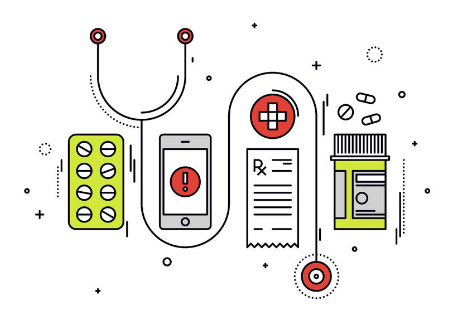
To patients, e-prescribing is simply the electronic version of a paper prescription order. This is true, but the supporting technology also covers the entire process of order creation, tracking, fulfillment of prescriptions, as well as the database maintenance of the prescribing physicians, clinic locations, pharmacies, and benefits checking.
Read more

Learn how to answer the challenging and unexpected Healthcare IT interview questions.
Read more

Do you work as a CNA or MA in Healthcare, and would like to move to Healthcare Information Technology? This is the post for you! I’m going to give you a detailed month-by-month plan to help you land that first Healthcare IT job in one year or less…
Read more

Three powerful step-by-step Excel skills with pics that you can use in a Healthcare IT setting. 1) Find duplicates, 2) Format data, 3) import a text file.
Read more

Epic Hospitals in Washington State. Almost all Healthcare organizations in the Pacific Northwest are on Epic. Learn about Epic at MultiCare, Providence, Kaiser, Valley Medical, and others. Includes Infographic.
Read more
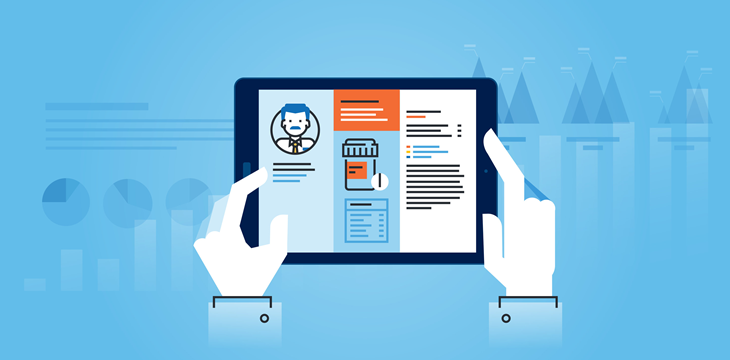
One of the most successful areas in Healthcare IT has been the wide adoption of automated dispensing cabinets for medications and supplies in hospitals and other Healthcare facilities. This technology employs the use of storage units that operate somewhat like vending machines for the medical products, but also have sophisticated software on the back-end that handles patient orders, medication dosing documentation, inventory management, and billing transactions.
Read more

One of the most important skills for Healthcare IT is an understanding of healthcare database concepts and structure. It doesn’t matter if you are a Project Manager, Application Analyst, or System Administrator; this understanding will take you a long way in your career.
Read more
What is a Legacy System and why should you care? This can be your first break into healthcare IT.
Read more
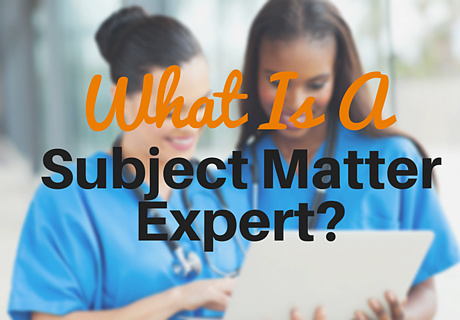
What Is An SME? A Subject Matter Expert in Healthcare IT provides support and advocacy for the end-users of clinical software. They are important members of software implementation projects. Becoming a SME can help your career…
Read more
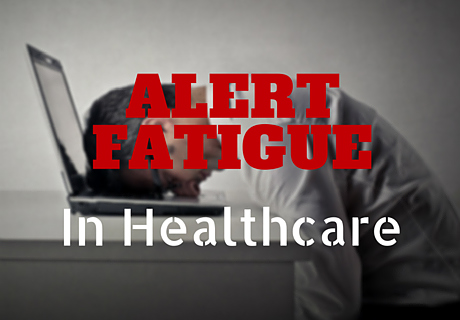
Alert fatigue in Healthcare is a symptom of improperly configured technology systems that present excessive, false, or irrelevant warnings, leading users to mentally tune them out over time. This can lead to dangerous outcomes for patients and clinical users…
Read more

Are you looking for how to get an entry level information technology job? Maybe you’re not sure if Healthcare IT is where you want to start. This is the post for you. Let’s look at the great opportunities in Healthcare IT…
Read more

The Physician Champion is a physician who has chosen to take on the role of liaison between a group of clinical users and the technical staff who implements technology. They are critical to the success of complex clinical technology projects…
Read more
Lab Orders and Results. A quick read on how HL7 orders and results messages are linked from order placement to resulting. Covers the placer order number and lab accession number.
Read more
In Healthcare IT, it’s important to understand the concept of episodes of care versus encounters. An encounter is a single event in which care is given. Individual office visits, ER visits, chemo appointments, and C-Sections are all encounters. An episode is a grouping of more than one encounter.
Read more

I’m excited today to give you a career highlight on one of the most important jobs in a Healthcare IT department, the Clinical Systems Analyst. The way this job is packaged may vary from one organization to another. Some organizations may consider the Clinical Systems Analyst to be someone who works with systems from a high level architecture angle. This differs from an Applications Analyst, who implements, supports, and trains clinical systems, but does not work much with the underlying architecture. In other organizations, we may be talking about more of a Systems Administrator, who is responsible for the implementation and support of core technical infrastructure. Let’s look at both approaches.
Read more

What is the Triple Aim? The Triple Aim in Healthcare is a concept put forward by the Institute for Healthcare Improvement that is intended to drive Healthcare providers to simultaneously implement programs…
Read more
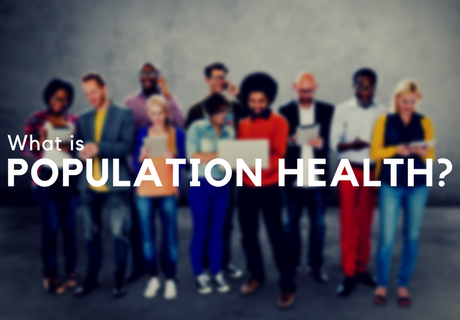
What Is Population Health. Using Healthcare IT to provide better preventive patient care using Intensive Outpatient Care Programs and Population Health Metrics, including risk scores.
Read more

In 1994, a nurse at Colmery-O’Neil Veterans Affairs Medical Center in Topeka, Kansas had an epiphany. She realized that the ubiquitous use of barcode scanning in other industries might be able to help with the administration of medications in a clinical setting. The backdrop for her idea was an alarming number of medical errors, estimated to cause between 44,000-98,000 deaths each year.
Read more

We’ve all had those instances when we can’t remember our login to a website due to having so many IDs and passwords. However, this can be more than just a minor irritant for medical staff in hospitals and other care facilities. Many clinical users log into 6-8 different systems during their shift, and need to be able to quickly log in, get their work done, and move on. The solution that has become commonplace in Healthcare IT is called Single Sign-On, or SSO.
Read more

We’ve all seen communication tools and styles come and go, but in Healthcare among clinicians, SBAR has seemed to stick. It stands for Situation, Background, Assessment, Recommendation. It works because it’s simple and provides a reliable framework for clinicians to convey urgent and non-urgent information. It is quite useful when clinicians are going through shift change as they communicate patient conditions, but can also be useful in the IT environment.
Read more

Learn about how large scale Healthcare IT systems are configured to provide for testing, training, and deployment functions
Read more

In December 2014, University Hospitals of Cleveland notified almost 700 patients that their medical records had been accessed by an IT employee. The employee was fired, but only after it was found that the snooping had been going on since 2011. Like most IT folks, this person potentially had access to just about every piece of personal data on patients. I did some research on the hospital’s website and other news, but was not able to determine which medical records system is in place there.
Read more

Learn about the structure of Healthcare IT project teams. We cover the role of the clinical trainer, subject matter expert, CMIO, Project Sponsor.
Read more
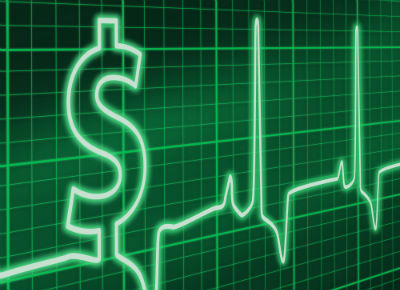
In 2013 the Washington State Hospital Association launched a technology program called EDIE, which stands for Emergency Department Information Exchange. About 30 hospitals participated in a type of health technology exchange, in which details about ED visits were collected by the EDIE system. The system revealed widespread abuse by patients who overused the ER…
Read more





















